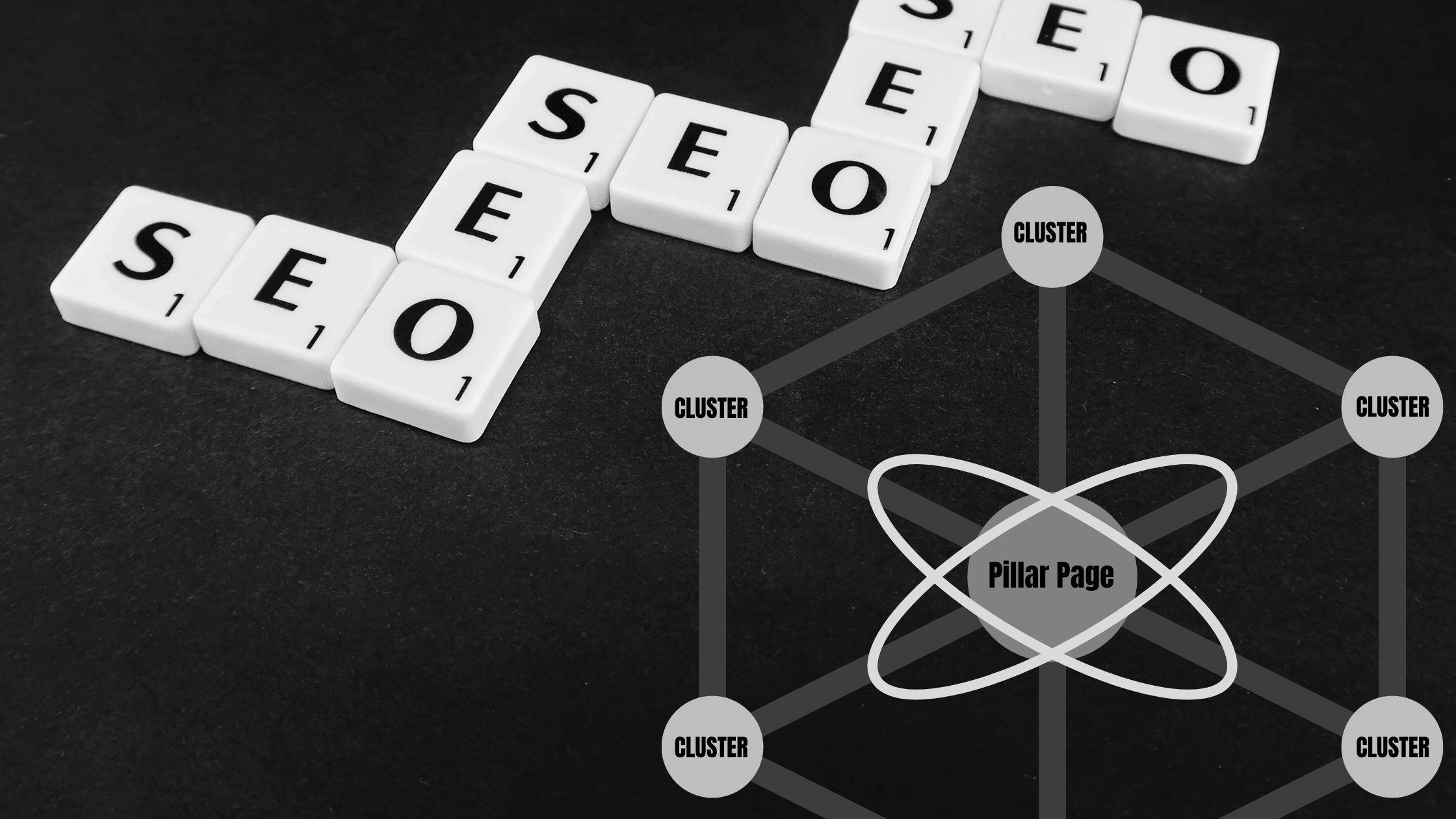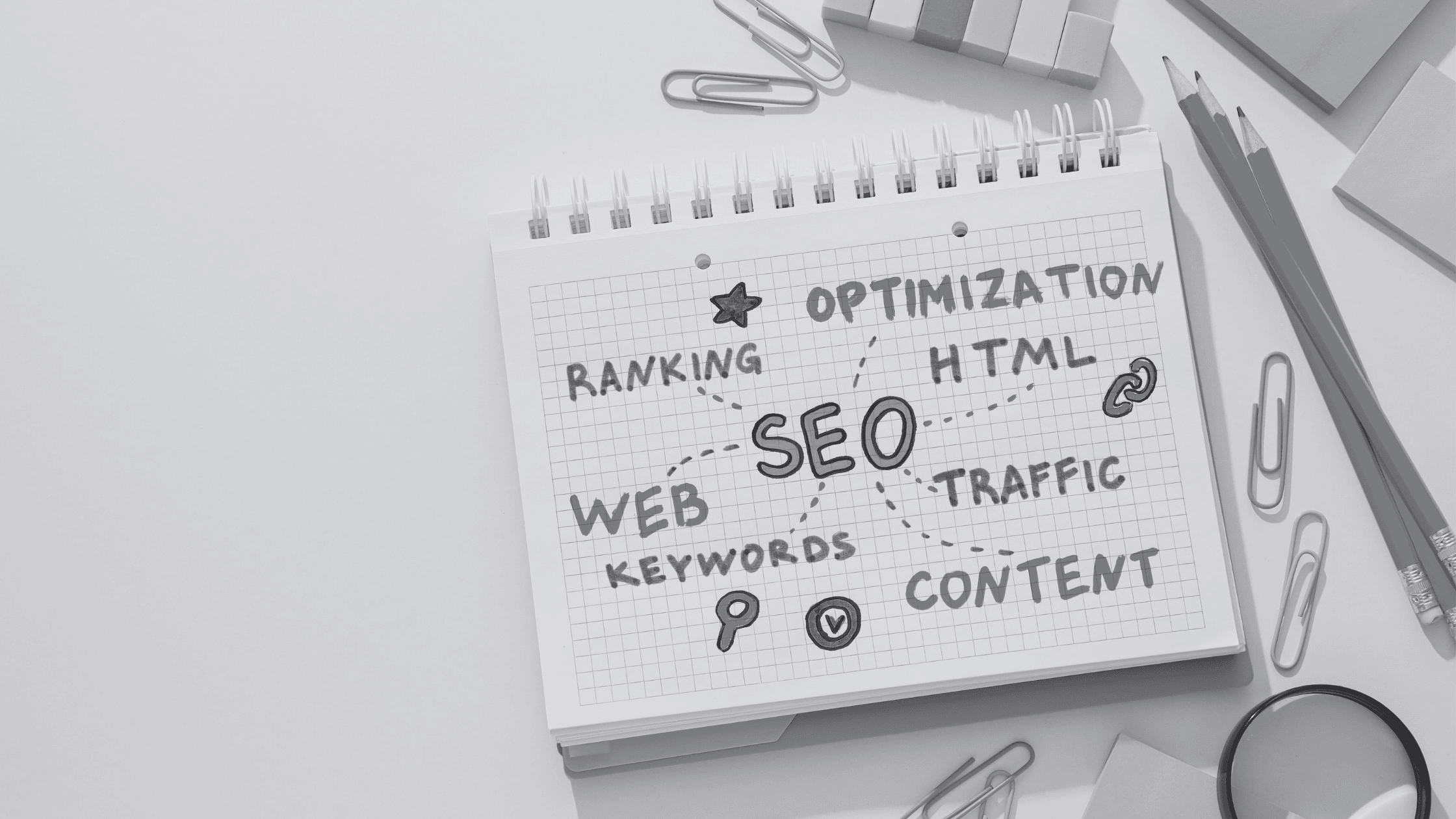Long-tail keywords are the antithesis of broad, generic search terms. While the latter may yield a high search volume, they often lack the specificity to attract the right audience. In contrast, long-tail keywords are tailored to potential customers' precise needs and interests, making them invaluable assets for businesses seeking to connect with their target market.
As the digital realm becomes increasingly saturated, the importance of long-tail keywords cannot be overstated. They help businesses stand out in a crowded online space and foster a deeper connection with their audience, ultimately driving higher conversion rates and boosting overall profitability.
Understanding the power of long-tail keywords in SEO
The power of long-tail keywords lies in their ability to capture the intent and context behind a user's search query. By targeting these particular phrases, businesses can effectively position themselves as the go-to solution for their target audience's specific needs and pain points.
One key advantage of long-tail keywords is their relatively low competition.
While broad, generic terms are often saturated with fierce competition, long-tail keywords offer a more focused and attainable playing field. This makes it easier for businesses, particularly smaller ones, to rank higher in search engine results and gain visibility among their target audience.
Moreover, long-tail keywords have a higher conversion rate than their broader counterparts. Users searching for specific phrases are often further along in the buying cycle and are more likely to convert into paying customers or clients. By targeting these highly motivated searchers, businesses can maximize their return on investment (ROI) and drive tangible results.
How to find long tail keywords for your website
Identifying the right long-tail keywords for your business is crucial in developing an effective SEO strategy. Here are some proven methods to help you uncover these valuable search terms:
1. Analyze your website's existing content and search queries: Start by examining your website's content, including blog posts, product descriptions, and frequently asked questions. Look for recurring themes, topics, and phrases your audience is interested in or searching for.
2. Leverage keyword research tools: There are numerous keyword research tools available, both paid and free, that can assist you in finding relevant long tail keywords. Popular options include Google Keyword Planner, SEMrush, Ahrefs, and Ubersuggest. These tools provide valuable insights into search volume, competition levels, and related keywords.
3. Monitor customer interactions: Pay close attention to your customers' language and terminology when describing their needs or asking questions. These conversations can be a goldmine for identifying long-tail keywords that resonate with your target audience.
4. Explore online forums and communities: Actively participate in industry-specific forums, social media groups, and online communities. By observing the discussions and questions posed by your target audience, you can uncover valuable long-tail keywords that address their pain points and concerns.
5. Utilize search engine autocomplete and related searches: As you start typing a query into search engines like Google or Bing, they will suggest related long tail keywords based on popular searches. These suggestions can provide valuable insights into your audience's language and phrases.
Examples of effective long-tail keywords
To better understand the power of long-tail keywords, let's explore some examples across different industries:
- E-commerce: "Women's plus-size floral maxi dress with pockets"
- Travel: "Best family-friendly beach resorts in Hawaii for toddlers."
- Home Improvement: "DIY step-by-step guide to installing hardwood floors"
- Fitness: "at-home HIIT workout routine for beginners with no equipment"
- Finance: "How to save for retirement on a low income as a single parent."
Identifying and targeting the right long-tail keywords for your business
While finding long-tail keywords is essential, it's equally important to identify and target the most relevant and valuable phrases for your business. Here are some key considerations:
1. Relevance: Ensure that your long-tail keywords are directly relevant to your products, services, or industry. Irrelevant keywords may drive traffic to your website but are unlikely to convert into tangible results.
2. Search intent: Understand the intent behind the long tail keywords you target. Are users looking for informational content, purchase products, or hire services? Aligning your content and offerings with the searcher's intent is crucial for success.
3. Competition level: While long tail keywords generally have lower competition, some phrases may still be highly competitive in your industry. Conduct thorough research to assess the competition level and prioritize keywords with a reasonable chance of ranking well.
4. Search volume: While long-tail keywords typically have lower search volumes than broad terms, it's still important to consider the potential traffic they can generate. Strike a balance between specificity and search volume to ensure your efforts yield a worthwhile return.
5. Buyer's journey: When selecting long-tail keywords, consider where your target audience is in the buyer's journey. Different keywords, such as awareness, consideration, or decision-making, may be more effective at different stages.
Incorporating long tail keywords into your SEO strategy
Once you've identified the most relevant and valuable long-tail keywords for your business, it's time to incorporate them into your overall SEO strategy. Here are some effective ways to do so:
1. Optimize website content: Integrate long-tail keywords into your website's content, including pages, blog posts, product descriptions, and metadata (titles, descriptions, and headers). Use them naturally and avoid keyword stuffing, which can harm your search engine rankings.
2. Create targeted content: Develop high-quality, informative content specifically tailored to your long tail keywords. This can include blog posts, guides, tutorials, or even dedicated landing pages focused on addressing your target audience's specific needs and pain points.
3. Leverage on-page optimization: Optimize your website's structure and elements for long tail keywords. This includes optimizing URLs, image alt text, internal linking, and other on-page factors that can improve your search engine visibility.
4. Utilize long tail keywords in advertising campaigns: Incorporate long tail keywords into your paid advertising campaigns, such as Google Ads or social media advertising. This can help you reach highly targeted audiences and drive qualified traffic to your website.
5. Monitor and adjust: Continuously monitor the performance of your long-tail keywords and adjust your strategy as needed. Use analytics tools to track metrics like search rankings, traffic, and conversions, and make data-driven decisions to optimize your efforts.
While identifying and targeting long-tail keywords can be challenging, numerous tools and techniques are available to streamline and enhance your efforts. Here are some valuable resources to consider:
1. Keyword research tools: As mentioned earlier, tools like Google Keyword Planner, SEMrush, Ahrefs, and Ubersuggest can provide invaluable insights into long-tail keywords, search volumes, competition levels, and related terms.
2. Google Search Console: This free tool from Google offers valuable data on the search queries that are driving traffic to your website. By analyzing this data, you can identify potential long-tail keywords for targeting and optimizing.
3. Google Trends: This tool allows you to explore trending topics and search queries, providing insights into various long-tail keywords' popularity and interest levels over time.
4. Answer the Public: This unique tool visualizes search queries in the form of questions, prepositions, and related terms, helping you uncover long-tail keyword opportunities based on how people search.
5. Competitor analysis: Analyze your competitors' websites, content, and advertising campaigns to identify the long-tail keywords they are targeting. This can provide valuable insights and inspiration for your keyword strategy.
6. User behavior analysis: Utilize tools like heat maps, session recordings, and user feedback surveys to better understand how users interact with your website and the language they use to describe their needs and pain points.
7. Keyword research services: For businesses with limited resources or expertise, consider outsourcing keyword research to professional SEO agencies or freelancers specializing in this area.
The benefits of using long-tail keywords in your content
Incorporating long-tail keywords into your content strategy offers numerous benefits that can significantly impact your online visibility, traffic, and conversions. Here are some key advantages:
1. Improved search engine rankings: By optimizing your content for particular long tail keywords, you increase your chances of ranking higher in search engine results pages (SERPs) for those targeted phrases. This improved visibility can drive more qualified traffic to your website.
2. Targeted audience acquisition: Long tail keywords are designed to attract users who are actively seeking specific solutions or information. By creating content tailored to these phrases, you can effectively reach and engage with your ideal target audience.
3. Higher conversion rates: Users searching for long tail keywords are often further along in the buying cycle and have a clearer understanding of their needs. By providing relevant and valuable content that addresses their queries, you increase the likelihood of converting these users into customers or clients.
4. Improved user experience: Long tail keywords help you create content that directly addresses your target audience's needs and pain points. By providing tailored and relevant information, you enhance the user experience on your website, fostering trust and engagement.
5. Competitive advantage: While broad, generic keywords are often highly competitive and difficult to rank for, long-tail keywords offer a more attainable playing field. By targeting these specific phrases, you can gain a competitive edge over businesses focusing solely on broad keywords.
6. Increased content relevance: Incorporating long tail keywords into your content ensures that your pages and posts are highly relevant to the specific topics and queries your audience is searching for. This relevance can improve dwell time, reduce bounce rates, and enhance user satisfaction.
Tips for optimizing your website with long tail keywords
To fully harness the potential of long-tail keywords, optimizing your website and content effectively is essential. Here are some valuable tips to consider:
1. Conduct thorough keyword research: Invest time and effort into researching and identifying your business's most relevant and valuable long-tail keywords. Use tools, user data, and competitor analysis to uncover these golden opportunities.
2. Create a keyword-focused content strategy: Develop a comprehensive content strategy that incorporates your long-tail keywords into various types of content, such as blog posts, product descriptions, guides, and landing pages. Ensure that each piece of content targets specific long-tail keywords in a natural and engaging manner.
3. Optimize on-page elements: Incorporate your long-tail keywords into key on-page elements, including page titles, meta descriptions, headings, image alt text, and body content. However, avoid keyword stuffing, which can harm your search engine rankings.
4. Leverage internal linking: Strategically link to relevant pages and content on your website using long-tail keywords as anchor text. This can help search engines better understand the context and relevance of your content.
5. Monitor and analyze performance: Regularly monitor the performance of your long-tail keyword-optimized content using tools like Google Analytics and Search Console. Analyze metrics such as search rankings, traffic, and conversions to identify opportunities for improvement and refinement.
6. Stay up-to-date with algorithm updates: Search engine algorithms are constantly evolving, and it's crucial to stay informed about the latest updates and best practices for optimizing your website with long tail keywords. Follow industry news, blogs, and resources to ensure your strategies remain effective.
7. Continuously refine and adapt: Optimizing your website with long-tail keywords is an ongoing process. Refine your strategies continuously based on performance data, user feedback, and emerging trends to maintain a competitive edge and maximize your online visibility.









